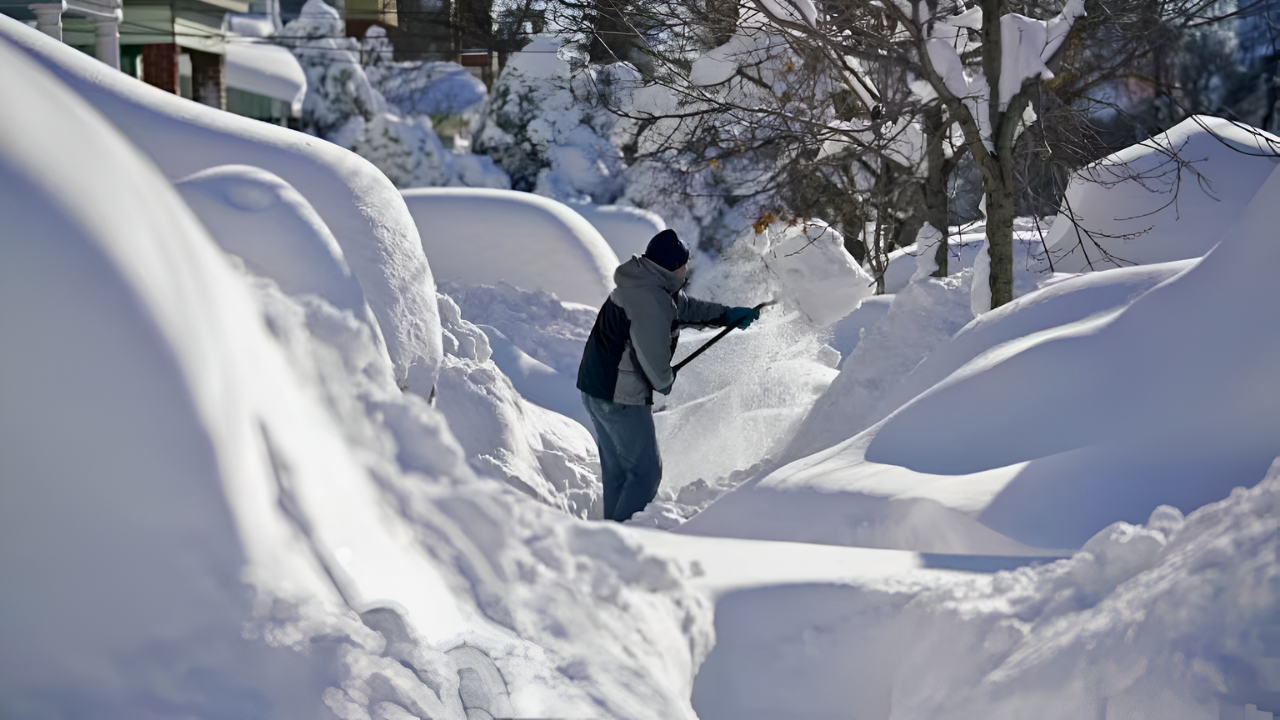
A significant winter storm is preparing to disrupt travel plans for millions across the Midwest and Central United States this weekend, arriving just as families prepare to return home after Thanksgiving. The National Weather Service has warned of substantial snowfall, dangerous road conditions, and widespread travel disruptions.
The timing couldn’t be worse, with the peak holiday travel season coinciding with some of the season’s most severe weather patterns. According to meteorologists, this storm represents a major challenge for the region’s transportation infrastructure. The forecast shows snow moving from the Northern Plains on Friday before shifting southeast into the Midwest and Great Lakes on Saturday.
Why Travel Plans Are About to Get Messy

Millions of Americans face the prospect of delayed flights, cancelled routes, and hazardous driving conditions as the storm sweeps into the region from the northwest. Major airports in Chicago, St. Louis, Des Moines, and Milwaukee are on high alert, with airlines preparing contingency plans for potential disruptions. The convergence of this major weather event with the busiest travel period of the year has created serious concerns about stranded passengers and logistical challenges.
FOX Weather reports that “snow could lead to travel issues at major airports like Chicago O’Hare and Midway, Milwaukee Mitchell International, and Detroit Metropolitan.” Airlines like American are operating over 81,000 flights during the Thanksgiving weekend, surpassing last year’s records.
Looking Back at Midwest Winter Weather History
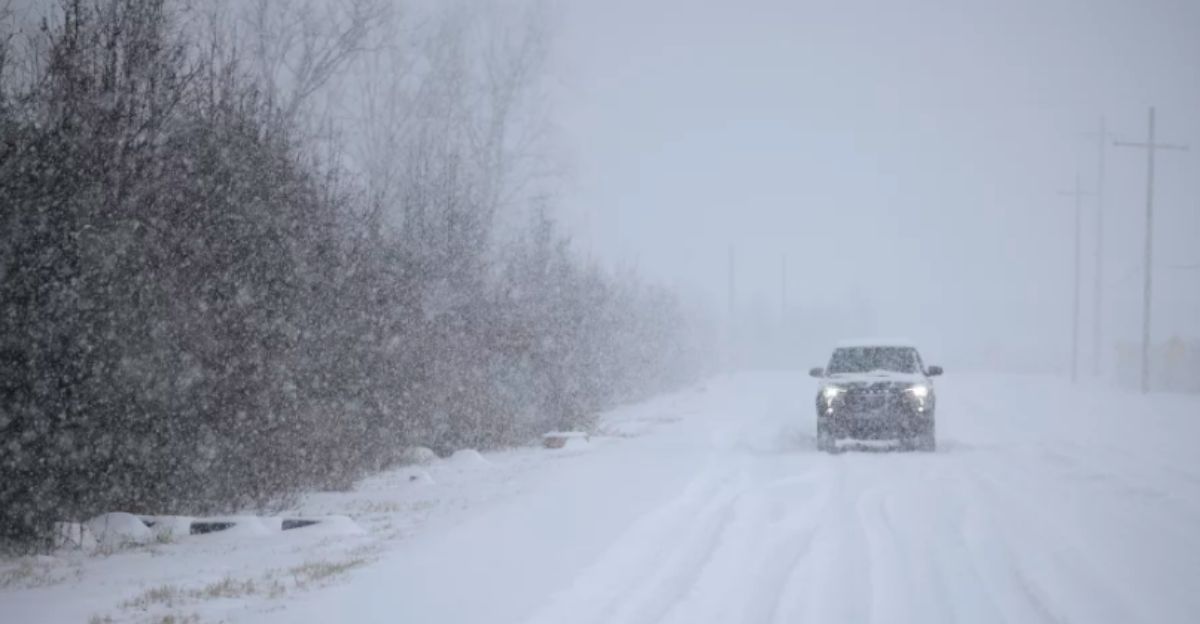
Winter storms are not uncommon in the Midwest, but the timing and potential severity of this particular event distinguish it from routine seasonal weather patterns. Past major storms have caused widespread power outages, school closures, and significant economic disruptions across the region. The Midwest’s infrastructure is specifically designed to handle snow and ice, but the combination of heavy precipitation, strong winds, and icing conditions can quickly overwhelm even well-prepared communities.
According to the National Weather Service, the region has experienced several major winter events in recent years that have tested emergency response capabilities. Historical data show that large storms striking during peak travel periods create compounding challenges for both public safety agencies and transportation providers.
Why Resources Are Running Low, and Stress Is High
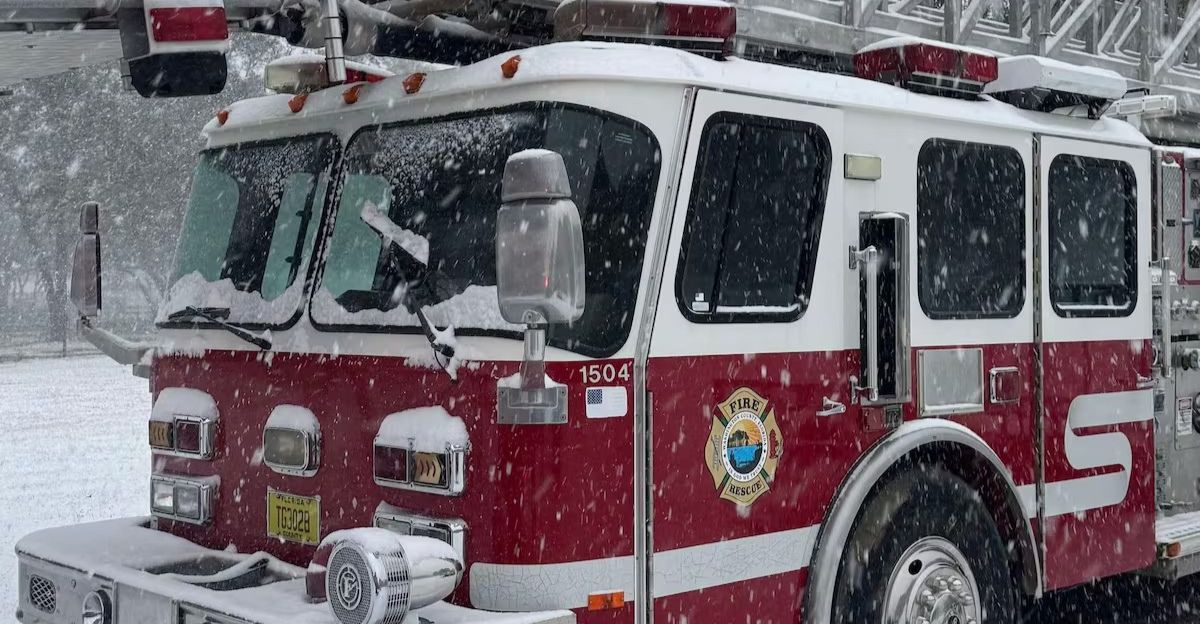
The approaching storm arrives when local governments and emergency services are already stretched thin from managing previous weather events and ongoing operational demands. Critical resources such as salt, sand, and snow removal equipment are in high demand, and officials across the region are urging residents to prepare for worst-case scenarios.
The potential for widespread power outages and communication disruptions adds significant pressure on public safety agencies already working at maximum capacity. According to emergency management officials, the combination of increased demand for resources and limited stockpiles creates challenging conditions for response teams.
What the Storm Will Actually Bring
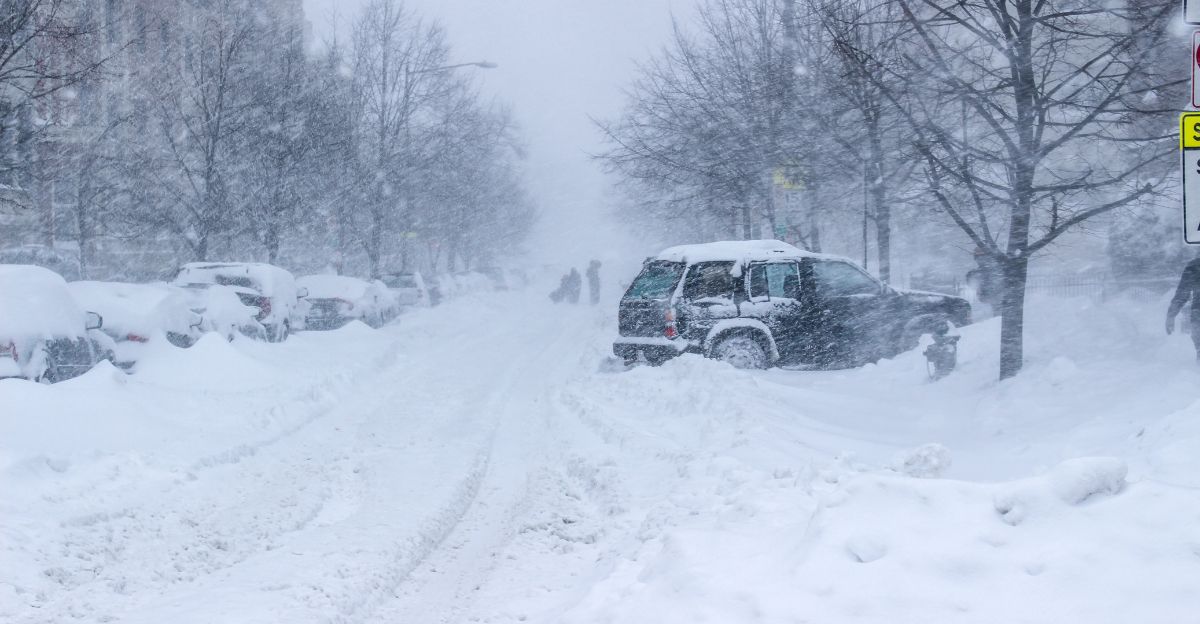
The main winter storm is expected to deliver up to six inches of snow across parts of Illinois, with some higher-elevation areas potentially receiving even greater accumulations. The National Weather Service describes this as a thread the needle scenario, where marginal temperatures could mean the difference between snow and ice accumulation.
The storm is forecast to impact the region Friday evening through Saturday, creating a wide swath of severe weather across the Midwest. According to AccuWeather meteorologist La Troy Thornton, “This looks to be a rather dynamic storm with the potential for major impacts of several kinds, including heavy snow, significant ice accretion, flooding, severe weather and even a rather broad zone of strong winds.” FOX Weather reports that five to eight inches of snow will fall across parts of Iowa, southern Wisconsin, and Illinois, with locally higher amounts possible around the Great Lakes.
Cities in the Path Facing Serious Impacts
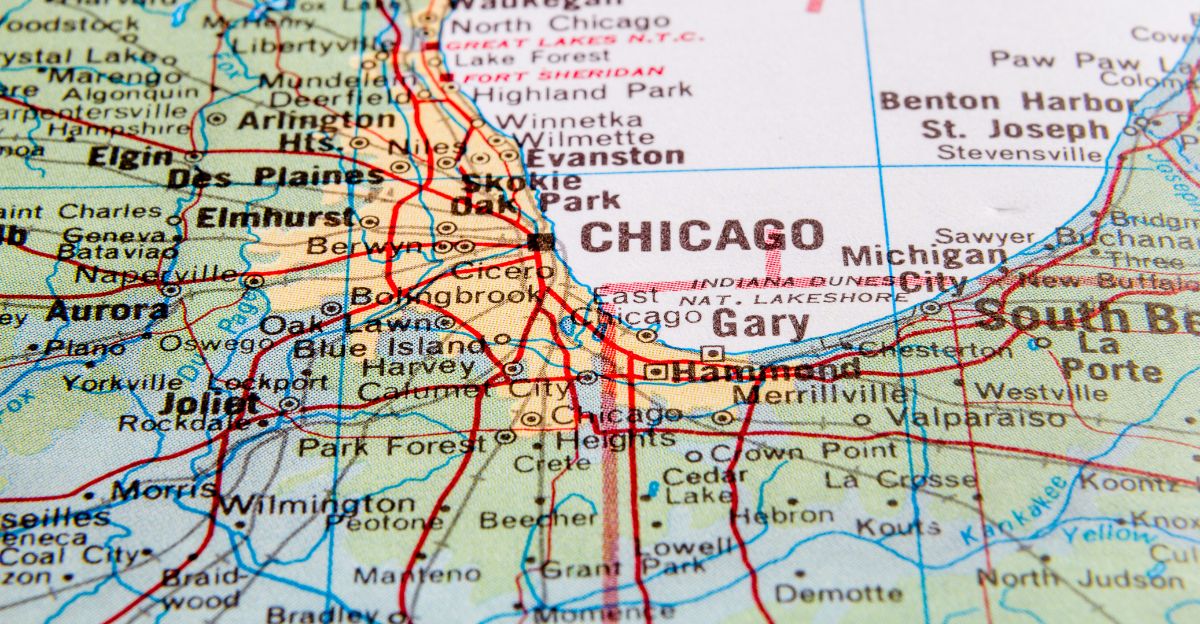
Cities like Chicago, St. Louis, Des Moines, and Madison are directly in the storm’s path and will experience significant snowfall and disruptions. The impact will be felt across multiple states, including Illinois, Missouri, Iowa, Wisconsin, and parts of the Ohio Valley. Local officials are warning residents to avoid non-essential travel and to prepare for possible power outages lasting several hours to days.
NBC News reports that “the Upper Midwest is bracing for snow accumulations of up to 2 feet, while 52 million individuals face wind warnings.” Some northern areas of Wisconsin and Michigan’s Upper Peninsula could see accumulations approaching three feet with lake-effect enhancement. The Great Lakes region faces additional complications from lake-effect snow advisories, where snowfall rates could reach one to two inches per hour.
Real People, Real Worries

Some families have decided to postpone their return home to avoid dangerous driving conditions, while others are rapidly stocking emergency supplies and checking vehicle winterization. The uncertainty surrounding the storm’s exact path and final intensity has created widespread anxiety among those affected. Local news reports show families checking tire tread depth, topping off fuel tanks, and gathering emergency supplies like blankets, flashlights, and food items.
Business travelers facing critical meetings are weighing the risks of flying versus driving or postponing entirely. The National Weather Service notes that “cultivating a weather-ready nation is about preparedness before severe weather strikes,” highlighting how personal planning decisions ripple through communities.
How Airlines and Businesses Are Responding
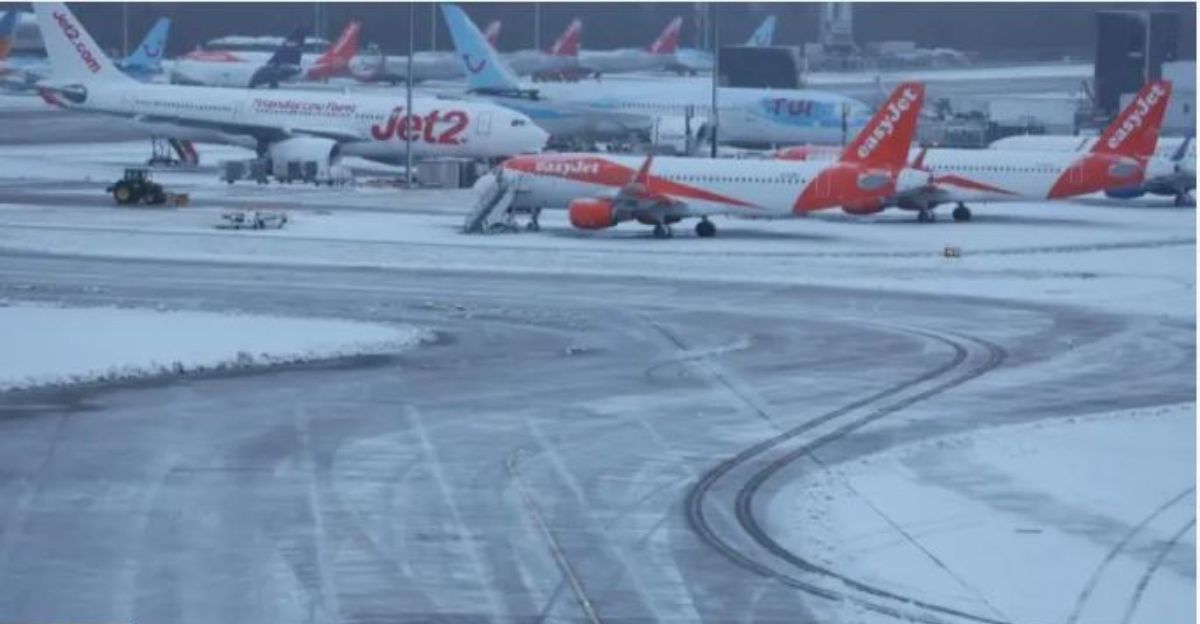
Airlines and transportation companies are taking proactive steps to minimize disruptions and support travelers affected by the incoming weather system. Many carriers have already begun re-routing flights and offering flexible booking options to accommodate passenger concerns about safety.
Companies are also increasing staffing at key airport hubs to handle the anticipated influx of stranded travelers and rebooking requests. Ground transportation services are extending operating hours and deploying additional vehicles to handle increased demand for non-air travel options.
What Experts Say About Long-Term Weather Patterns
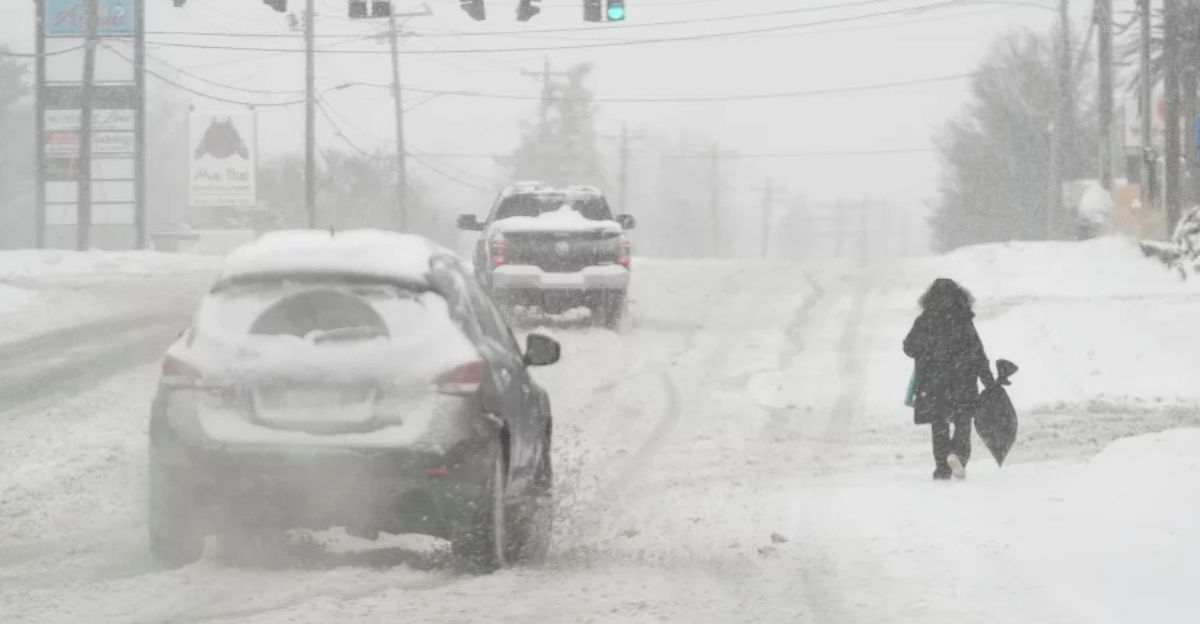
The frequency and intensity of winter storms affecting the Midwest have demonstrated a notable increase over recent years, driven by broader changes in climate patterns and atmospheric circulation systems. This trend is placing additional strain on aging transportation infrastructure and emergency response capabilities, highlighting the urgent need for improved preparedness and more effective response strategies.
Cities and states are investing in upgraded equipment and training to manage increasingly severe weather events. The National Weather Service and AccuWeather both note that changing climate patterns are shifting weather behavior in ways that traditional models sometimes struggle to predict accurately. Researchers emphasize that communities must adapt infrastructure planning and emergency response protocols to account for this new reality.
A Particularly Dangerous Threat
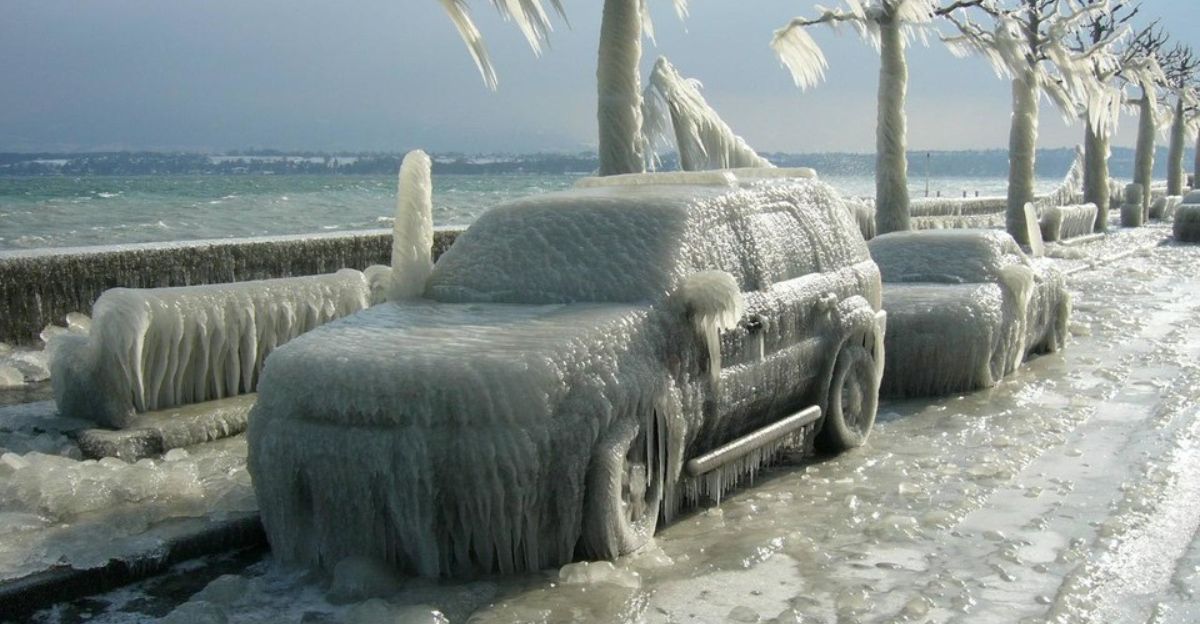
One of the storm’s most concerning aspects is the significant potential for ice accumulation, which can cause widespread power outages and make travel conditions even more dangerous than snow alone. AccuWeather forecasts a 93% probability of ice formation in certain areas, with up to 0.3 inches of ice accumulation expected in locations like Edwardsville, Illinois. Ice accumulation presents unique hazards because it brings down power lines, tree branches, and creates extremely slippery driving surfaces that even experienced drivers cannot safely navigate.
When ice accumulates on power lines, the weight can cause widespread outages affecting hundreds of thousands of customers simultaneously. Tree branches laden with ice can fail and damage homes, vehicles, and infrastructure below them. According to emergency preparedness guidelines, ice-induced power outages often last longer than snow-related outages because of the infrastructure damage involved.
Why Business Leaders Are Frustrated and Concerned
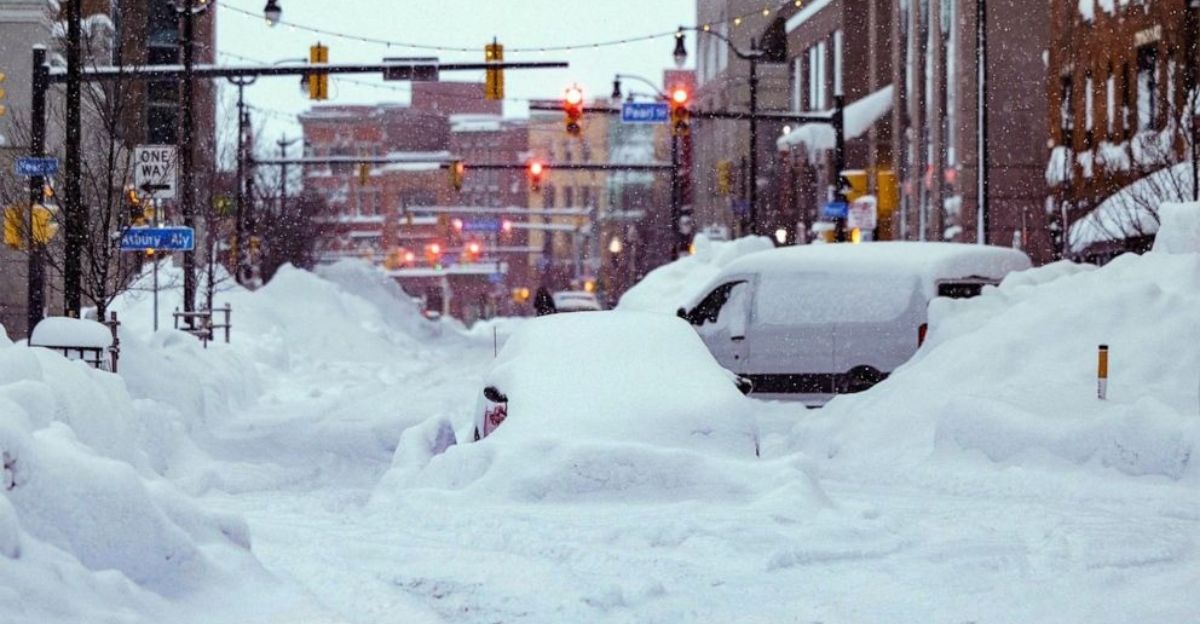
Local business owners are expressing deep frustration over the potential economic impact of the incoming storm, particularly in the retail and hospitality sectors. Many businesses rely heavily on the busy post-Thanksgiving weekend period for substantial revenue, and weather-related disruptions translate directly into lost sales and profits.
The additional costs for emergency snow removal, infrastructure repair, and employee overtime add financial pressure at an already-tight time of year. Small retailers report concerns about reduced customer traffic, while restaurants worry about cancellations of planned gatherings and celebrations.
How Government and Emergency Officials Are Responding
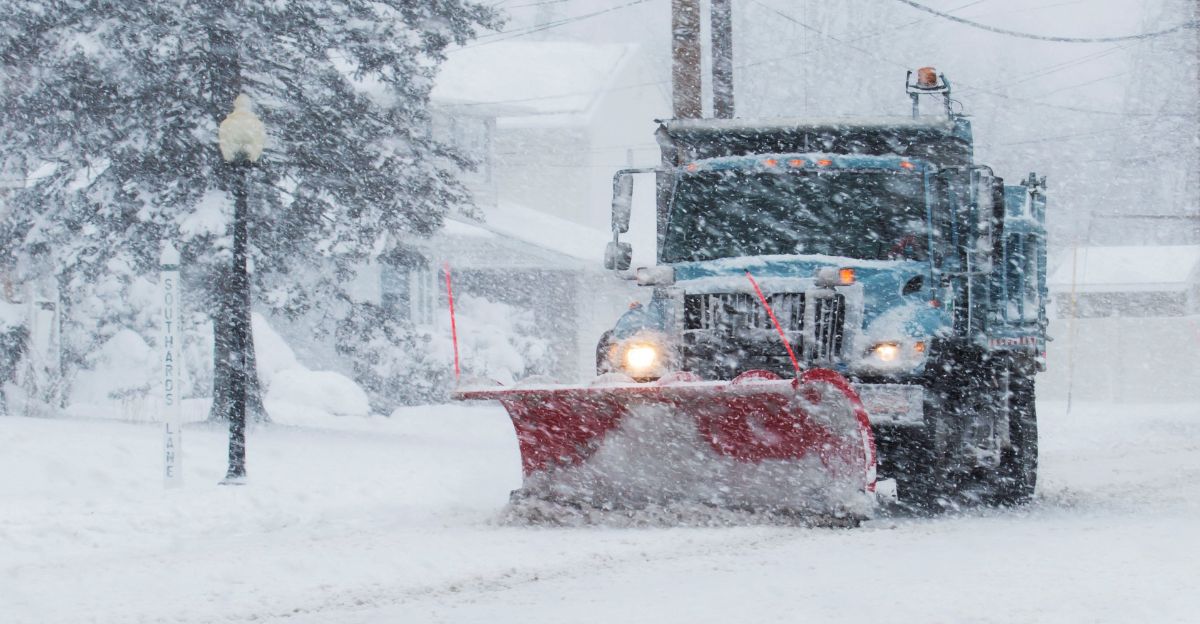
In response to the approaching storm, municipal and state governments have activated emergency operations centers and brought in additional personnel to ensure a coordinated and effective response. Leadership teams are working across traditional agency boundaries to coordinate resources, share information, and plan for multiple potential scenarios.
Increased coordination between weather agencies, transportation departments, and public safety organizations aims to ensure swift and effective crisis response. Governors’ offices have issued preparedness declarations in affected states, allowing for expedited resource deployment and mutual aid agreements. The National Weather Service has established continuous monitoring protocols with frequent forecast updates pushed to emergency managers and media outlets.
Snow Removal and Power Restoration
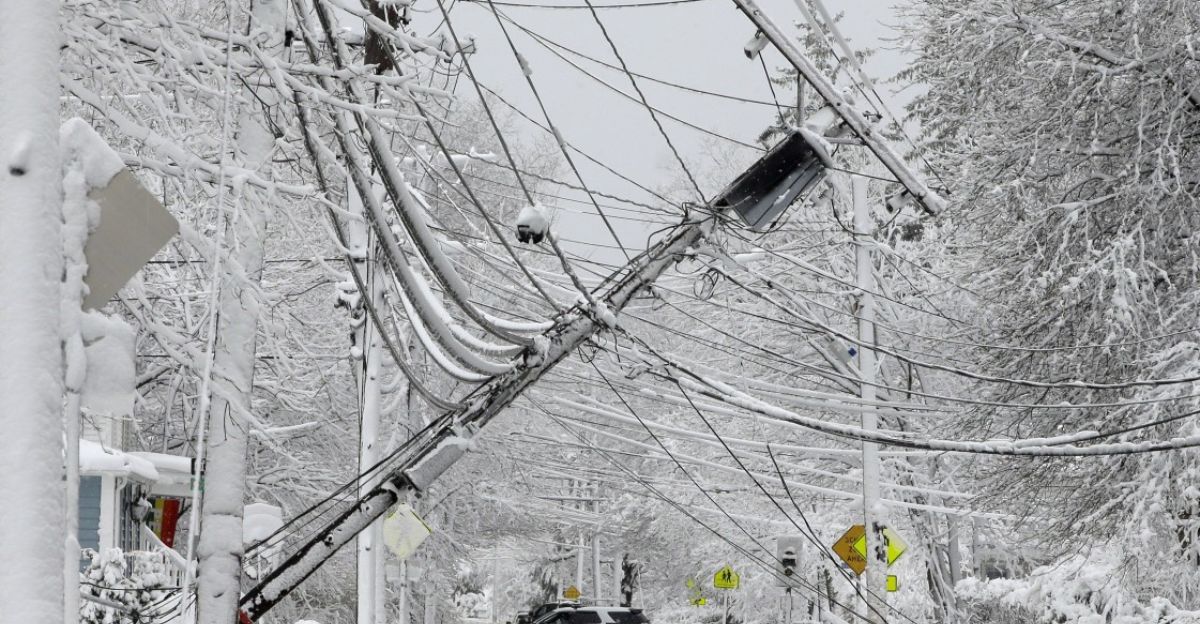
Recovery efforts are already underway with snow plows and emergency crews positioned strategically throughout the region on standby status, awaiting the storm’s arrival. Local authorities are working feverishly to clear roads and restore power as quickly as possible once conditions allow safe operations.
Support systems for those affected by the storm, including warming centers, fuel distribution sites, and emergency food services, are being pre-positioned in strategic locations. Highway departments have stockpiled salt and sand supplies and are preparing equipment for rapid deployment once precipitation begins. Utility companies have staged repair crews at strategic locations to respond to power outages and downed lines.
What Meteorologists Are Still Uncertain About

Some weather experts remain skeptical about the storm’s ultimate impact, noting that marginal atmospheric temperatures and potential storm track shifts could alter the current forecast significantly. The uncertainty inherent in predicting atmospheric behavior several days in advance means that final outcomes could differ substantially from current expectations.
Forecast models sometimes diverge, with some solutions showing greater impacts while others suggest lighter snow and wind. Meteorologists emphasize that forecast confidence increases as the storm gets closer, but that current conditions contain enough variability to warrant continued monitoring. The difference between snow and ice accumulation depends on precise temperature profiles at critical forecast times, which remain somewhat uncertain.
What Comes Next
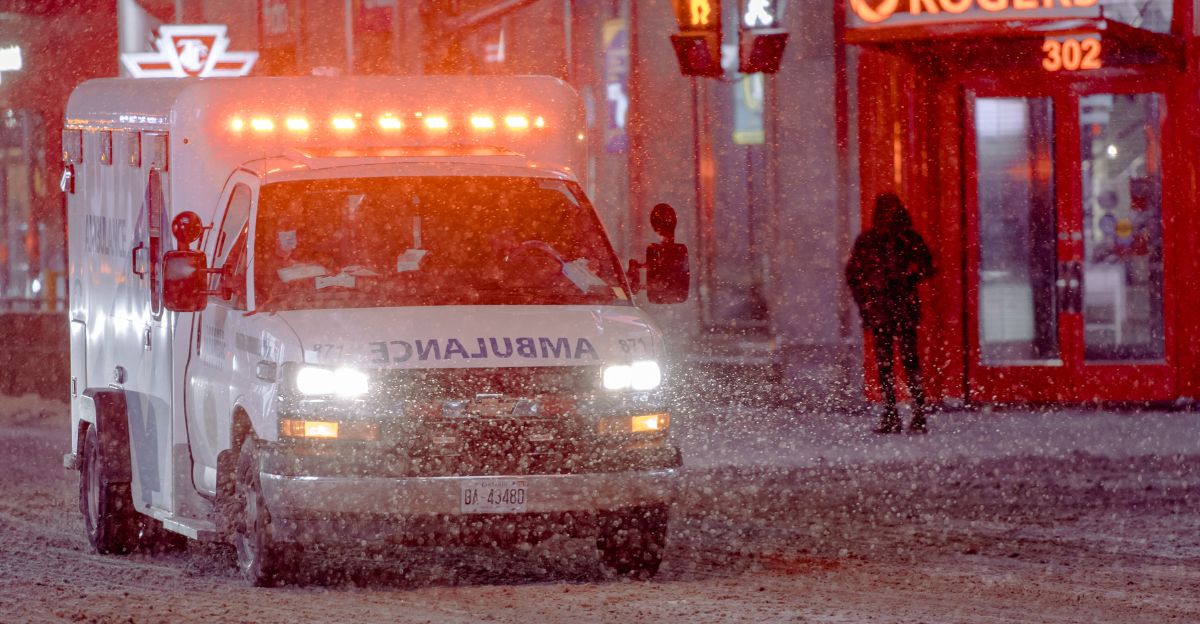
As the storm passes through the region, community and governmental focus will shift toward recovery efforts and longer-term rebuilding. The experience will generate valuable lessons about emergency preparedness, infrastructure resilience, and regional coordination that can inform future response planning.
Communities will analyze what worked well during the response and where improvements can be made for future events. The experience highlights the continuing need for investment in infrastructure designed to withstand severe weather and emergency response systems capable of managing simultaneous large-scale disruptions.
Sources:
National Weather Service. (2025, November 26). Winter weather forecast and preparedness information.
FOX Weather. (2025, November 26). Major winter storm post-Thanksgiving travel impacts.
NBC News. (2025, November 26). Thanksgiving travelers face winter storms and heavy snow.
AccuWeather. (2025, November 26). Dynamic winter storm analysis and regional impact assessment.